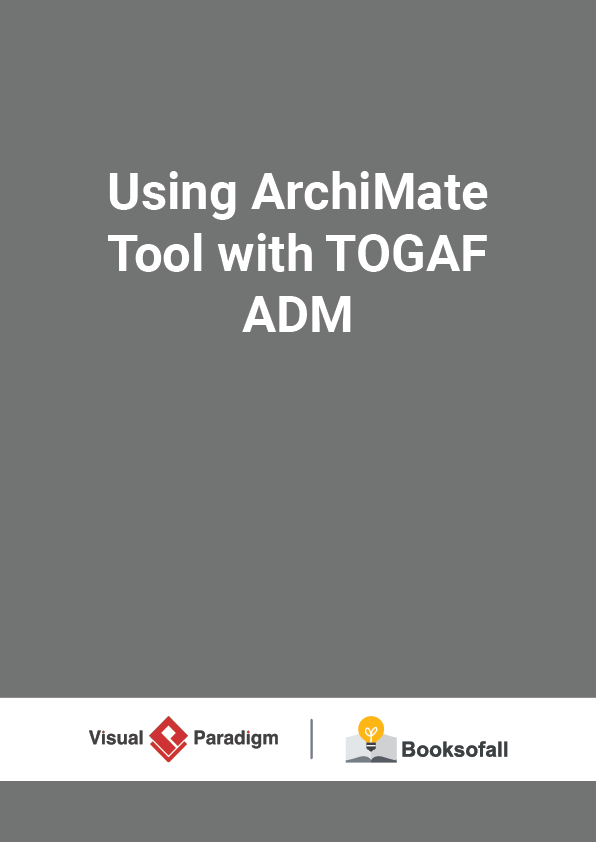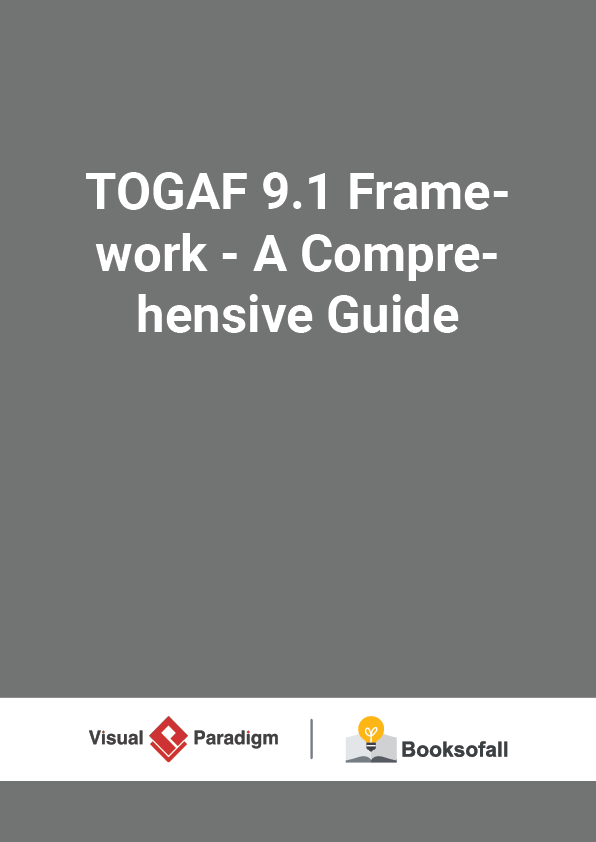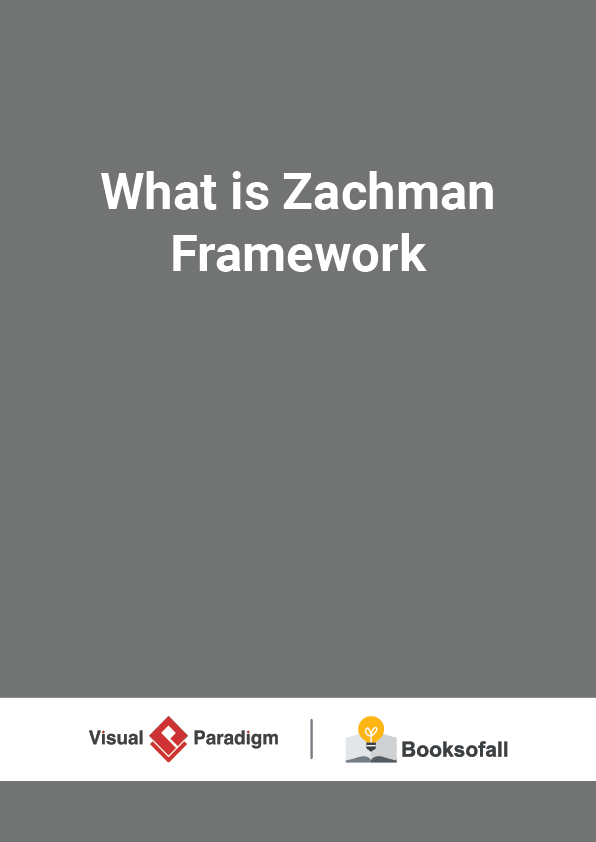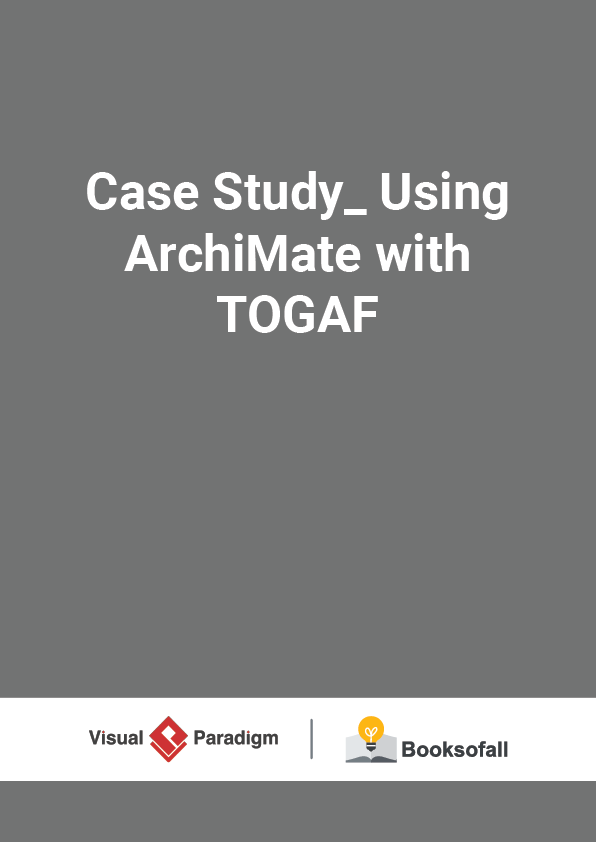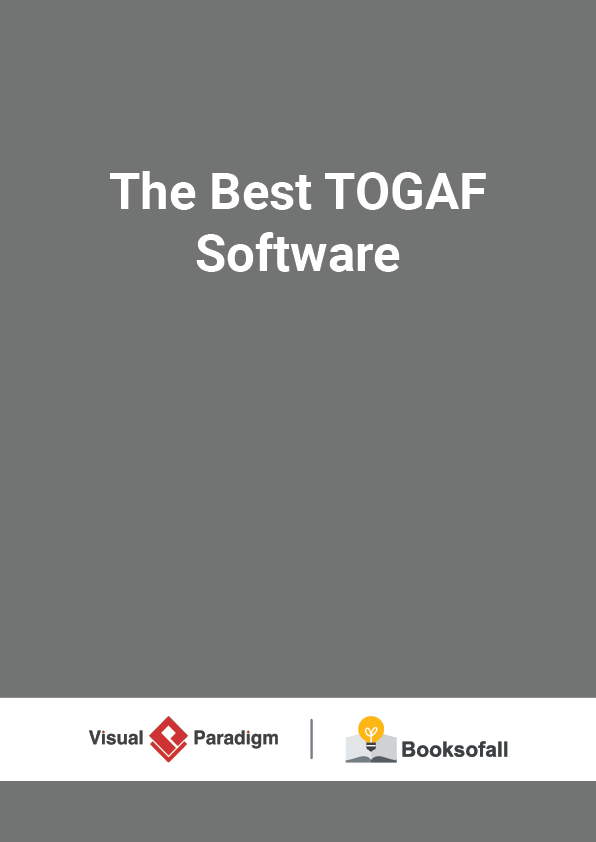A Practical Tutorial for TOGAF
10-13 minutes
TOGAF is an architecture framework that is the de facto global standard for assisting in the acceptance, production, use, and maintenance of architectures. Practical and proven, it is based on an iterative process model supported by best practices and a re-usable set of existing architectural assets.
- The first version of TOGAF, developed in 1995, was based on the US Department of Defense Technical Architecture Framework for Information Management (TAFIM).
- This document covers TOGAF Version 9, referred to as “TOGAF 9” within the text of this document.
- TOGAF 9 was first published in January 2009. TOGAF is developed and maintained by The Open Group Architecture Forum and its 350 members.
Why TOGAF?
TOGAF 9 can be used for developing a broad range of different enterprise architectures.
TOGAF complements and can be used in conjunction with, other frameworks that are more focused on specific deliverables for particular vertical sectors such as Government, Telecommunications, Manufacturing, Defense, and Finance.
- A proven enterprise architecture methodology and framework used by the world’s leading organizations to improve business efficiency
- The most prominent and reliable enterprise architecture standard, ensuring consistent standards, methods, and communication among enterprise architecture professionals
- Enterprise architecture professionals fluent in TOGAF standards enjoy greater industry credibility, job effectiveness, and career opportunities
- TOGAF helps practitioners avoid being locked into proprietary methods, utilize resources more efficiently and effectively, and realize a greater return on investment
TOGAF 9 – Six Components
TOGAF reflects the structure and content of an architecture capability within an enterprise, as shown in Figure below:
- Architecture Development Method – This part is the core of TOGAF. It describes the TOGAF Architecture Development Method (ADM) – a step-by-step approach to developing an enterprise architecture.
- ADM Guidelines and Techniques – This part contains a collection of guidelines and techniques available for use in applying the ADM.
- Architecture Content Framework – This part describes the TOGAF content framework, including a structured metamodel for architectural artifacts, the use of re-usable Architecture Building Blocks (ABBs), and an overview of typical architecture deliverables.
- Enterprise Continuum and Tools – This part discusses appropriate taxonomies and tools to categorize and store the outputs of architecture activity within an enterprise.
- TOGAF Reference Models – This part provides two architectural reference models, namely the TOGAF Technical Reference Model (TRM), and the Integrated Information Infrastructure Reference Model (III-RM).
- Architecture Capability Framework – This part discusses the organization, processes, skills, roles, and responsibilities required to establish and operate an architecture practice within an enterprise.
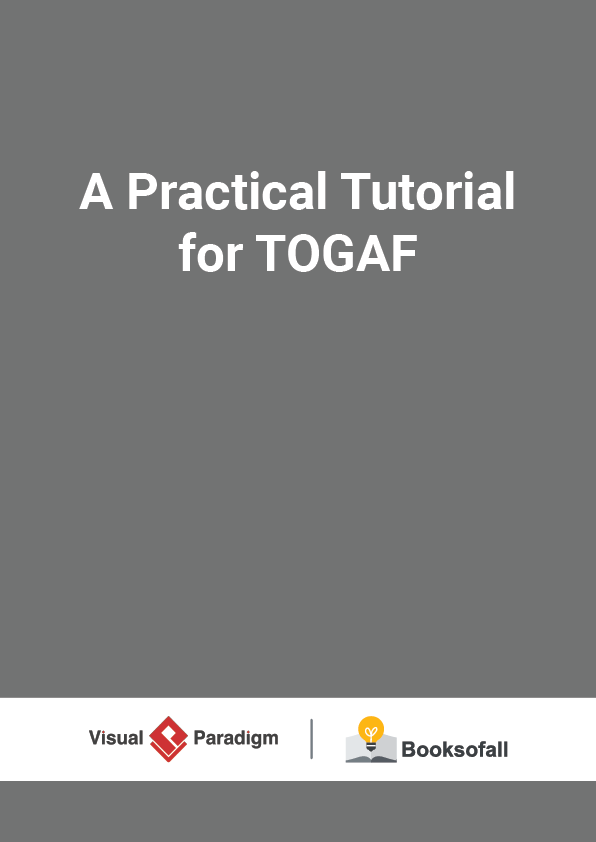

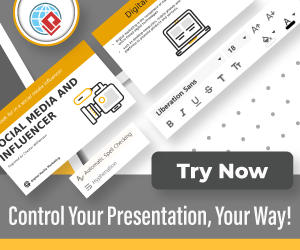
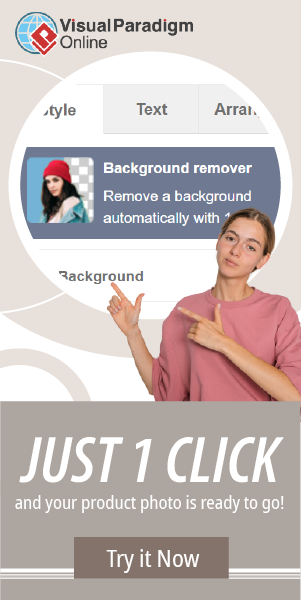
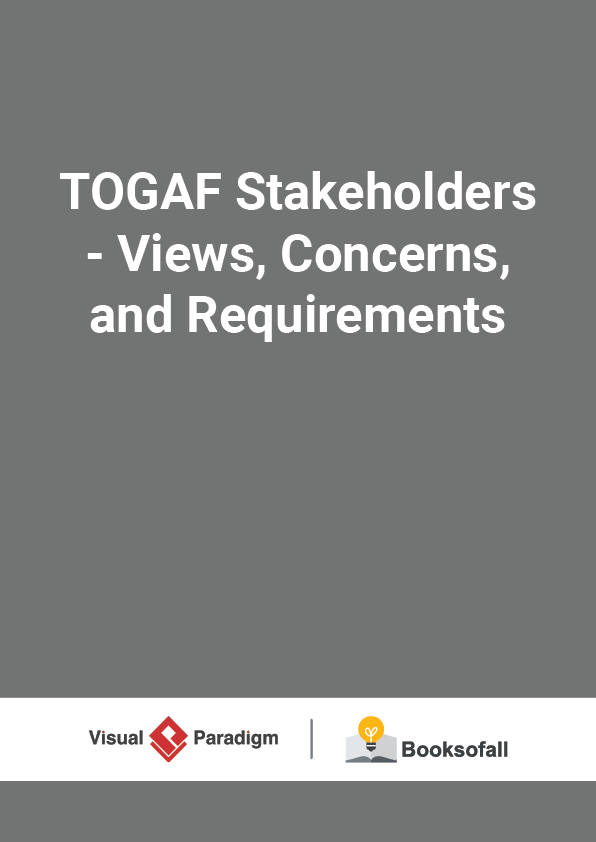
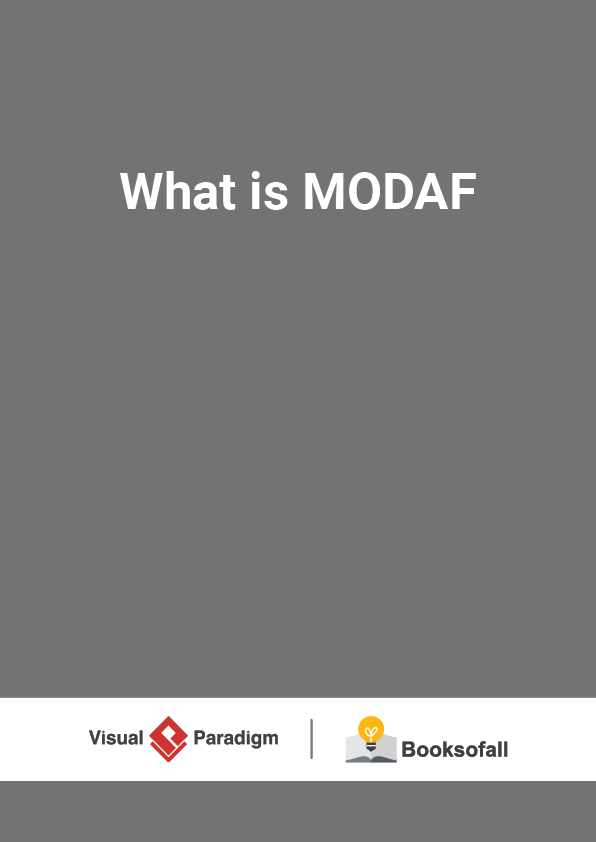
![ArchiMate 3 Update [Quick Walkthrough]](https://www.booksofall.com/wp-content/uploads/2022/06/ArchiMate-3-Update-Quick-Walkthrough-04.png)
